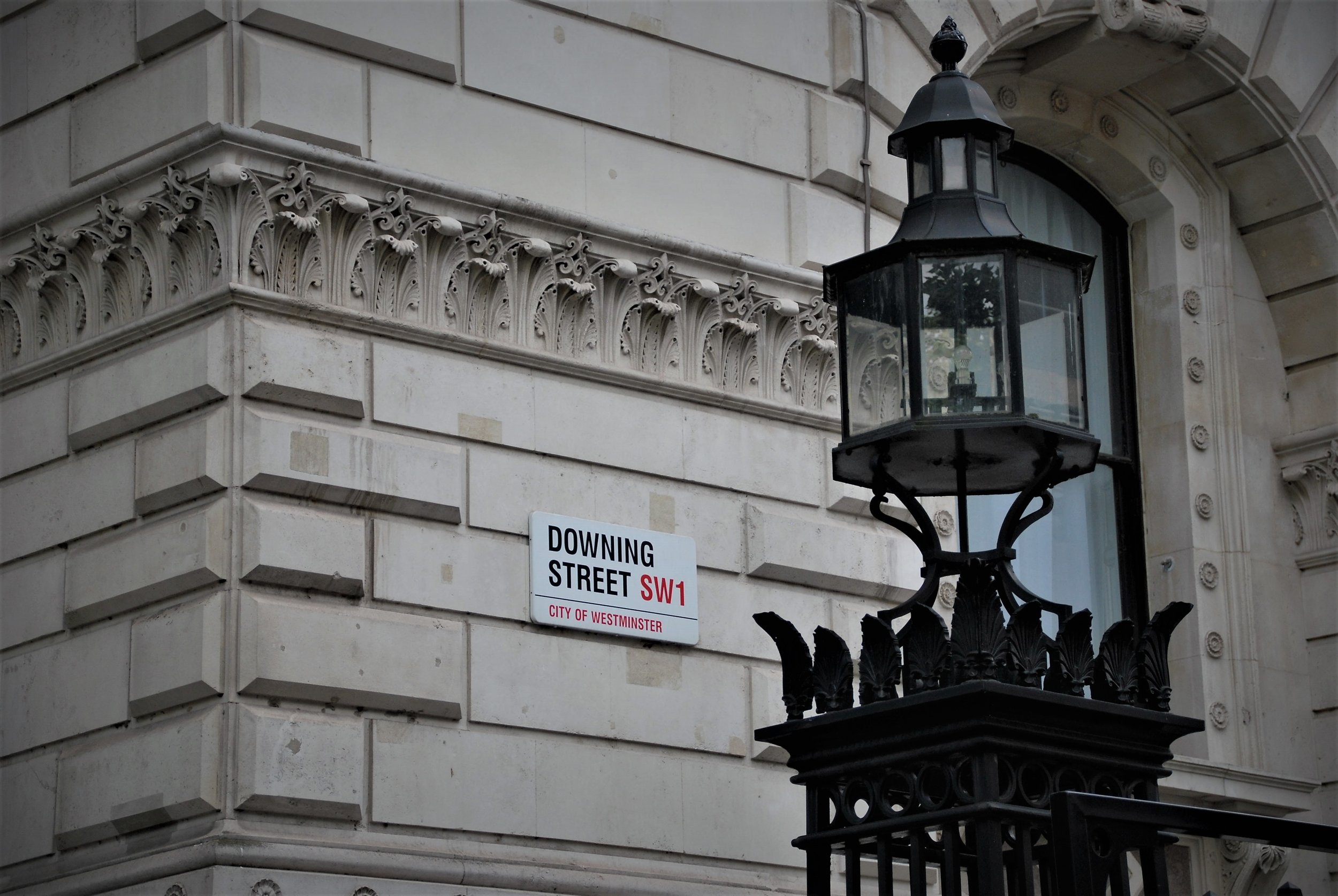The Budget 2023
Chancellor Jeremy Hunt opened the famous red briefcase and revealed the details of the 2023 Budget in the House of Commons yesterday.
The announcement did not bring about many changes to personal and business tax affairs, however, below we have highlighted some of the key highlights that impact both.
Personal tax
Pension Annual Allowance increased to £60,000
The Annual Allowance for pension contributions has increased from £40,000 to £60,000 from 6 April 2023. This is the maximum amount someone can contribute to a pension each year while still receiving tax relief. However, this is usually limited to 100% of an individual’s qualifying earnings i.e. if an individual earns £55,000, then tax relief would only be available on contributions up to £55,000 in the year. Individuals will continue to be able to carry forward unused Annual Allowances from the three previous tax years.
Furthermore, the pensions lifetime allowance (“LTA” – currently £1,073,100 and due to remain at this level until April 2026) will be abolished. No lifetime allowance charges are to apply from 6 April 2023.
Please note that we are unable to give pension advice and that you should seek a financial advisor for any pension advice. We would be happy to provide you with one of our trusted financial advisor contacts should you wish to seek advice.
Business Tax
Capital Allowances available to Companies
50% Special Rate First Year Allowances (FYA) extended until 31 March 2026
Previously announced in the 2021 Budget, the 50% Special Rate First Year Allowances, or “SR Allowance” was set to end on 31 March 2023 but has now been extended to 31 March 2026,
Some assets that normally qualify for special rate relief (currently 6% writing down allowance) will benefit from the SR Allowance. This means, for example, a qualifying spend of £100,000 on these assets will now give tax relief of £9,500 whereas previously it was £1,140 i.e £50,000 at 19% = £9,500 compared to £6,000 writing down allowance at 19% which equals £1,140.
Special rate pool additions that qualify for SR Allowance are for the following types of expenditure:
Integral features.
Long life assets.
Thermal insulation of buildings used in business.
Solar panels
N.B.
Although certain cars do qualify for the special rate pool, they are still excluded from SR Allowance i.e. 50% FYA. However, new and unused electric cars and cars with zero CO2 emissions do qualify for 100% tax relief.
Apart from cars, special rate pool additions can also qualify for Annual Investment Allowance (AIA) i.e 100% allowances. Therefore, the interpretation is that you would only use the new SR Allowance for the special pool if you have maximised your AIA.
Full Expensing
As the “super deduction” comes to an end, a new type of capital allowance was introduced. “Full expensing” offers 100% tax relief on new qualifying plant and machinery investments. This will be introduced on 1 April 2023 and will end on 31 March 2026.
Whilst the same qualifying assets would also qualify for the annual investment allowance (AIA), the annual investment allowance is limited to £1m. Therefore, it would be wise to make use of “full expensing” for new assets so that AIA can be utilised on second-hand assets.
As always, capital allowance claims for each year will need to be compiled with care to ensure that your business gets the most optimised benefit overall.
N.B.
Full expensing and 50% first-year allowances are only for companies and are not available to partnerships or sole traders. Furthermore, there are exclusions so please always seek advice from your accountant before making a commitment.
Super deduction
With the super deduction coming to an end on 31 March 2023, HMRC have provided guidance for accounting year-ends that straddle this date. The super deduction rate will be pro-rated in line with the number of days in the accounting period that fall prior to 31 March 2023.
HMRC have produced a helpful calculator so you can see what percentage will be applied based on your accounting period date. Please see the link below.
Example: If you have a May 2023 year-end and the super deduction percentage comes out at 125% (as opposed to 130%).
N.B.
Please note that the assets will still need to have been purchased on or before 31 March 2023.
Corporation Tax rise to up to 25%
Yesterday it was confirmed again that the main rate of corporation tax will remain at 19% until 1 April 2023 and then it will increase to 25% for companies with profits over £250,000.
The 19% rate will become a “small profits rate” payable by companies with profits of £50,000 or less. Companies with profits between £50,000 and £250,000 will pay tax at a marginal rate between the two rates (19% to 25%).
Reform to Research & Development tax relief
There have been several changes to the R&D tax relief rules. A couple of the most notable changes are that The Research and Development Expenditure Credit (RDEC) rate will increase from 13% to 20%, as well as the SME additional deduction will decrease from 130% to 86% and the SME tax credit (surrender) rate will decrease from 14.5% to 10%.
If you are curious about R&D tax credits then please do get in touch.



